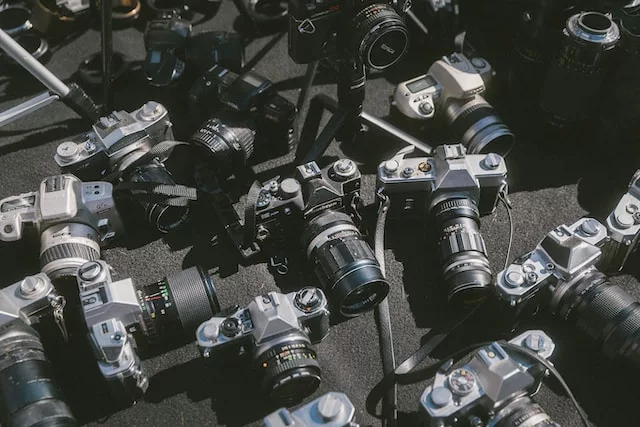In today’s dynamic world, technology is constantly evolving, transforming our experiences in various aspects of life. Photography, an integral part of our daily lives, is also subject to the influences of innovation. One of the latest trends is the use of Artificial Intelligence (AI) to enhance the capabilities of cameras, particularly through the implementation of object recognition features.
How does Object Recognition work in AI cameras?
Object recognition functionality based on artificial intelligence employs advanced algorithms to analyze the scene in front of the camera lens. Through deep learning and neural networks, the camera can identify objects based on patterns and features, allowing for the automatic adjustment of camera settings to a given situation.
Precise camera parameter settings
Traditional cameras rely on manually adjusting settings such as exposure, white balance, or image sharpness. Cameras with object recognition eliminate the need for manually configuring these parameters. By analyzing objects in the frame, the camera automatically selects optimal settings, enabling better quality photos.
Reduced reaction time
Object recognition enables quick adjustments of camera settings to changing conditions. When the camera identifies an object, it instantly modifies parameters, reducing reaction time and allowing the capture of fleeting moments. This is particularly crucial in dynamic photography, such as sports or wildlife photography.
Unique photographic experiences
Cameras equipped with object recognition feature allow for the creation of unique and non-traditional photos. Thanks to intelligent scene recognition, the camera can adjust settings according to the specificity of the object, making photos more individualized and artistic.
Examples of applications
AI cameras with object recognition find applications in various fields. In landscape photography, they can automatically adjust settings to the type of environment, while in portraits, they can recognize faces and optimize parameters for the best results.
Challenges and the Future
Despite numerous benefits, there are challenges associated with the implementation of this technology. Some are concerned about losing control over the photographic process and potential privacy issues.
However, the development of this technology also opens the door to new possibilities. The future of AI cameras may include even more advanced object recognition features, integration with augmented reality technology, or even more precise customization of camera parameters based on individual user preferences.
In conclusion, cameras equipped with object recognition features herald a new era in photography, enabling users to create easier and more satisfying, unique, and high-quality images.

